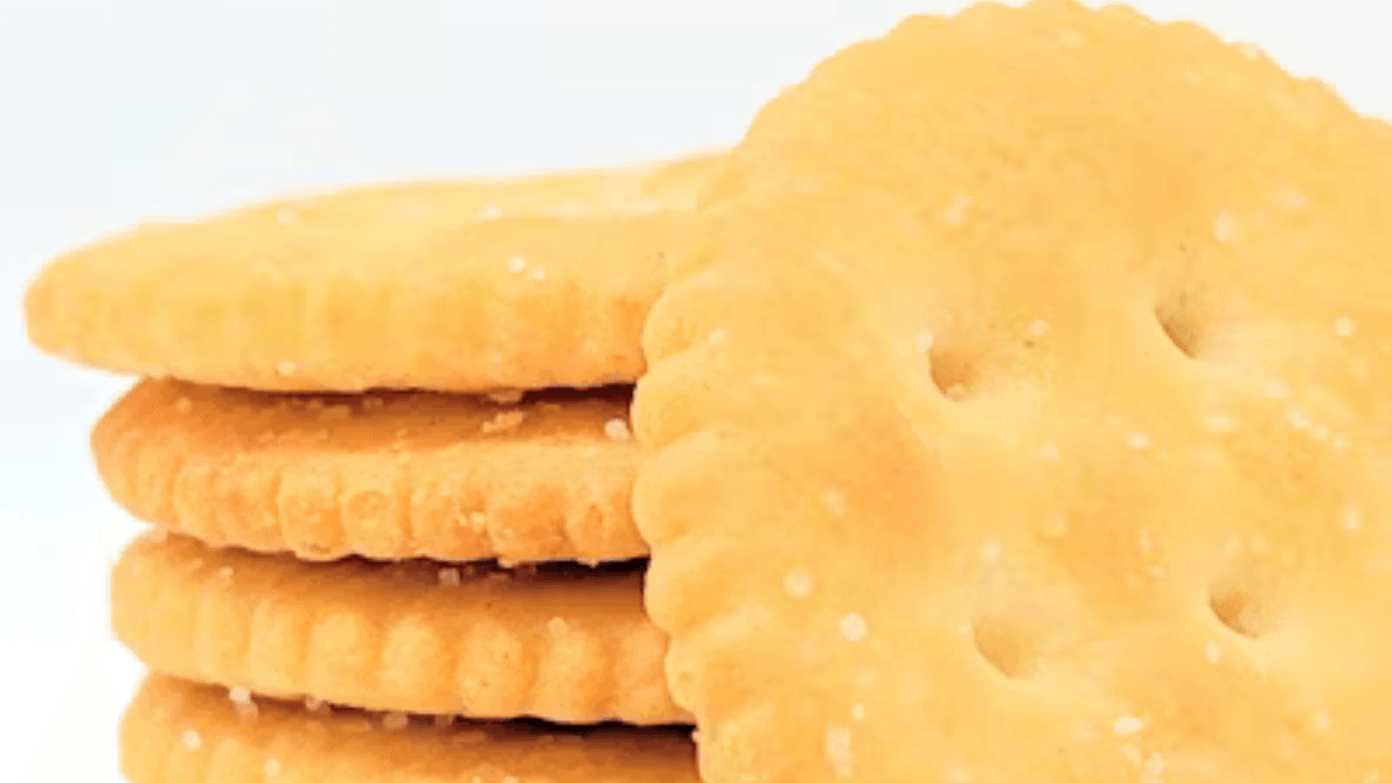Cracker Barrel Old Country Store is one of the latest business firms to release a new logo, which has sparked a nationwide firestorm of criticism from conservative and traditionalist consumers, while leaving some reformatory customers expectant as also covered in this article, Cracker Barrel’s launches new logo: is the Southern-style food chain changing its offering?. The new logo has replaced an iconic image since 1977 of a man in overalls leaning against a wooden barrel, which has long been identified with the brand. The tagline features the Cracker Barrel name within a minimalist, text-only design, with gold and brown colors evocative of the original 1969 branding.
In a statement, the company characterized the new logo as an adaptation that even aligns with the iconic barrel shape and word mark that originated the brand, suggesting a return to its roots with a cleaner, modern look. The change is part of a larger rebranding initiative budgeted at $700 million for revamping the company’s image, which includes renovations of its restaurants and a revamped menu under the campaign dubbed “All the More”.
Public and political reactions
The new logo from Cracker Barrel received immediate condemnation on end-user forums as almost every regular patron testified disappointment. ‘Generic,’ ‘horrible,’ and ‘massive downgrade’ were some of the worst names to slap the logo in social media. Users also bemoaned the lack of features such as the “cracker” and the “barrel,” rudimentary elements that lent the trademark that special, folksy warmth of its branding.
These angry reactions trickled down on conservative commentators and political figures, branding this as a woke change and that recession from authentic American style. Criticizing this move was none other than Donald Trump Jr., who questioned the organization’s direction and leadership regarding the rebranding. Criticism often connected the redesign to ideas carried out by the company on diversity, equality, and inclusion (DEI) which some conservative voice disapproves and deemed unfit with the traditional identity the brand has had.
How Cracker Barrel may be affected financially
Adverse market reactions followed Cracker Barrel’s logo change, leading to a hit of significant decline in its stock price. The day after the logo’s reveal, the shares of the company leveled down as much as 15 percent intraday and closed down 7.2 percent at $54.80. This loss equates to almost $100 million in market capitalization-cleansing most of the restaurant chain gains for the year.
Reports indicated that an intraday dip had come close to a total loss of almost $200 million before the market partially recovered by the close on the same day. This swing in stocks evidently mirrors investor fears that the rebranding and modernizing efforts could potentially alienate the core clientele of Cracker Barrel, who have long been accustomed to the nostalgic vintage representation.
Responses of the company and future prospects
Cracker Barrel’s management has promised to reach out and persuade patrons and shareholders that the values of the company “have not changed” and that the cultural “iconography” that used to catch attention in “Uncle Herschel” will be “front and center” in restaurants and menus. The Chief Executive Officer, Julie Felss Masino, underscored that evolving the brand is important so that it remains relevant to the singular dining market of today, which, concurrently, includes refreshing the menu and modernizing restaurant interiors.
Even though this is nothing more than a reassurance, backlash such as this hopelessly demonstrates the fine line brands have to draw between heritage and modernization in a polarized social climate. Analysts theorize that even if resistance from consumers and investors isn’t narrowed initially with to change, the careful execution of a rebranding effort can position Cracker Barrel for long-term, sustained growth by ultimately reaching that larger demographic.
Cultural symbolism and brand identity
All the wrangling surrounding the new Cracker Barrel logo is an excellent example of the deep emotional connection consumers forge with their brands. These symbols often evoke nostalgia, tradition, and regional identity. The impression has been created that changing the image of the man clad in overalls and the barrel tore down one of the cultural pillars of Southern Americana and the gathering of a community.
According to marketing experts, when large numbers of people “fall in love with a brand,” they “won’t necessarily like changes,” particularly in cases where such a brand channels strong feelings related to a person’s own history and identity. This uproar has been likened to other flashpoints in culture war terms in relation to brands that would also be considered under “going woke” or abandoning “real” values, adding further fuel to the debates on social media and in the press.

